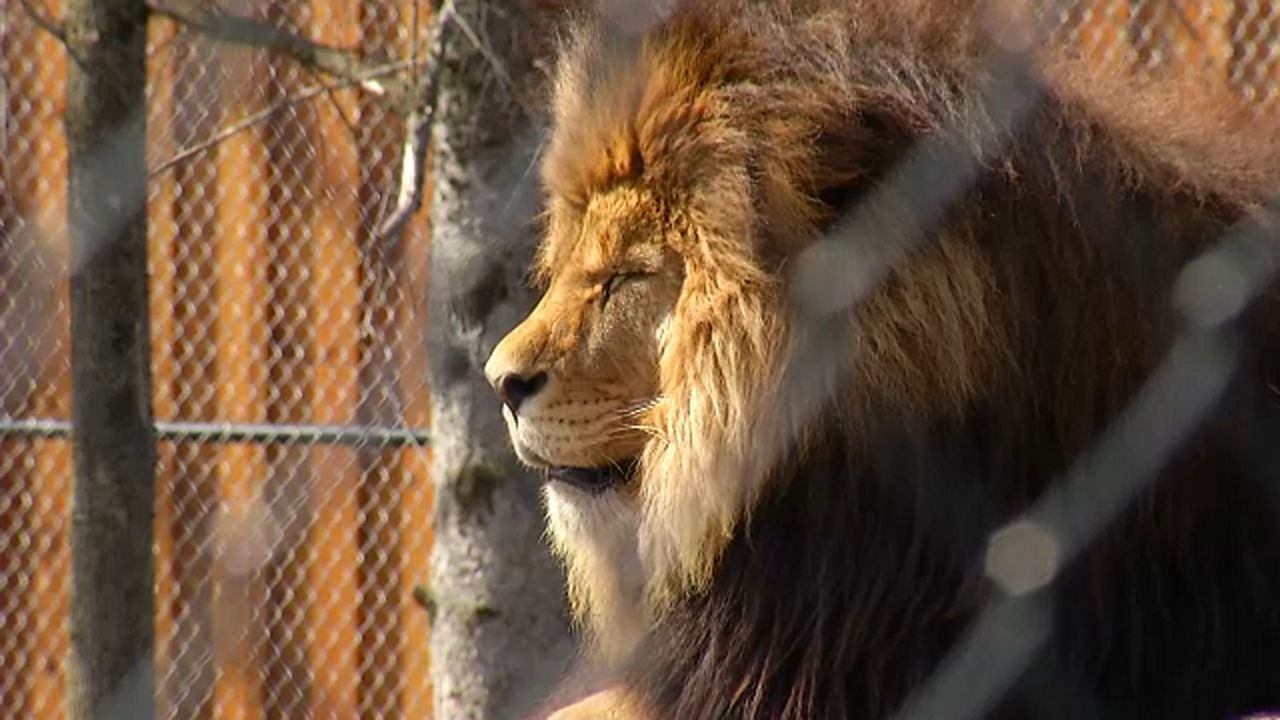HONOLULU — A female black rhinoceros named Aria has just arrived at the Honolulu Zoo.
Aria, who is 8, came from the San Diego Safari Park, according to a news release from the City and County of Honolulu. To get to the Honolulu Zoo, Aria, who weighs 2,850 pounds, flew from California to Hawaii with Pacific Air Cargo and on her drive from the airport she was escorted by the Honolulu Police Department.
Aria will live in the newly renovated rhino exhibit in the African Savanna at the Honolulu Zoo.
Currently, Aria is the only rhino at the zoo. However, the zoo hopes to get her a mate in the near future — and that the pair will hopefully produce baby rhinos, according to Honolulu Zoo Director Linda Santos.
“We are pleased that Aria, our new black rhino, arrived safely at the Honolulu Zoo, with the assistance of the Honolulu Police Department’s escort team,” said Santos. “We appreciate the San Diego Zoo Safari Park staff for their assistance and accompanying her on this transport. We would also like to recognize Pacific Air Cargo, Island Topsoil and the Honolulu Zoo Society for their generous financial support to transport this precious animal, and the ground support and inspection provided by the State Department of Transportation Airports Division and State Department of Agriculture.”
In Dec. 2021, the Honolulu Zoo’s 26-year-old female black rhinoceros named Satsuki died due to complications associated with illness and age. Three months later, her companion Corky, a 35-year-old male black rhinoceros, was euthanized due to complications associated with renal failure. The average lifespan of a black rhino is 35 to 50 years.
Eastern black rhinos are native to sub-Saharan Africa, but their habitat has shrunk, and they are now mostly found in Kenya and Tanzania. Eastern black rhinos are the smaller of the two rhino species, the other being the white rhino. Although they are called black rhinos, the species is more of a brown-gray color. Black rhinos weigh up to 3,000 pounds, have three toes and two keratin horns. They are mostly solitary animals, but the mother and calf have a strong bond.
The species is critically endangered. The population declined during the 1900s because of European hunters and settlers. They are still targeted by poachers for their two horns, which can grow as long as 5 feet.
Michelle Broder Van Dyke covers the Hawaiian Islands for Spectrum News Hawaii.








